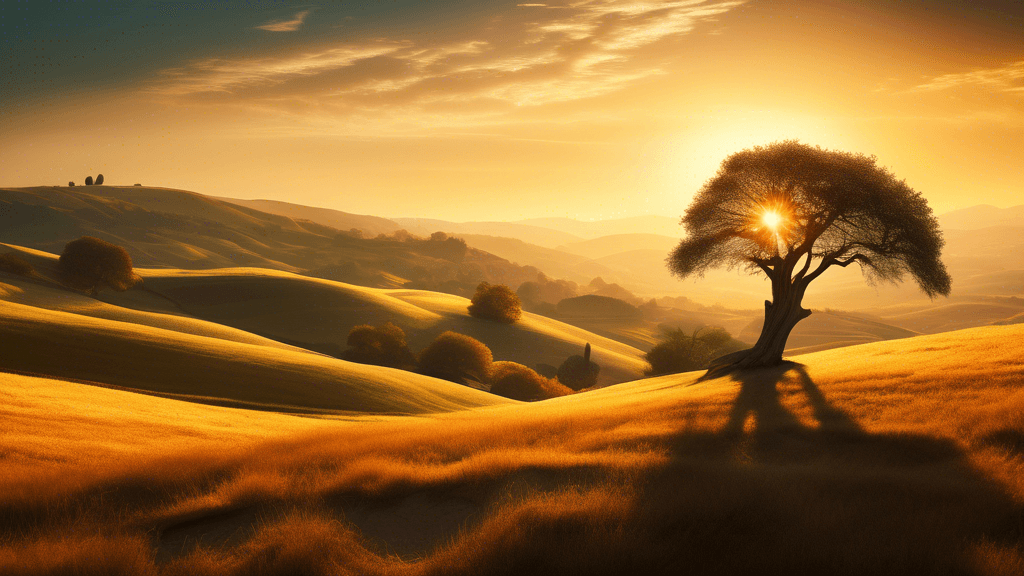
Mastering Shadows: Enhancing Landscape Photography with Light and Dark Contrasts
Share
Understanding the Role of Shadows in Landscape Photography
Shadow and light are two fundamental elements in photography that clash and blend to create compelling images. Mastering the use of shadows can elevate a landscape photograph from ordinary to extraordinary. But what exactly makes shadows so crucial in landscape photography? Let's dive deeper into this intriguing interplay of darkness and light.
The Science and Art Behind Shadows
Shadows are not merely the absence of light; they have substance and form that can enhance the depth and perspective of an image. They help define the topography of a landscape, emphasizing form and texture, and drawing attention to details that might otherwise go unnoticed. Understanding the behavior of light at different times of the day and under various atmospheric conditions is fundamental in using shadows effectively.
The Influence of Light Quality
Optimal lighting conditions for harnessing shadows in landscape photography typically occur during the golden hours—shortly after sunrise or before sunset. During these times, the light is softer, and the angle of the sun creates elongated shadows that can be used to direct the viewer's eye and create a visual path through the image. This use of natural light direction can significantly enhance the narrative quality of the photo.
Techniques for Mastering Shadows in Your Shots
To truly master shadows in landscape photography, several key techniques should be employed:
- Directional Lighting: Understand the source of light and how it interacts with the landscape. Side lighting is particularly effective in emphasizing textures and outlines.
- Shadow Detail: While deep shadows can create drama, retaining some detail within them can add complexity to the image. Techniques such as HDR (High Dynamic Range) photography can help achieve a balance between light and dark areas.
- Contrasting Elements: Use shadows to create a stark contrast with brightly lit elements. This contrast not only attracts attention but also enhances the emotional impact of the image.
Practical Example in Landscape Photography
Consider a simple landscape featuring a lone tree on a hill. On a flat, overcast day, the scene might look somewhat mundane. However, captured during early morning, with the sun rising from the side, the tree's shadow can stretch across the hill, creating lines that lead the viewer’s eye through the composition, and adding a sense of scale and drama.
What Do Professionals Say?
Shadows are the soul of a photograph. They create depth, intrigue, and even emotion. Learning to see and utilize shadows is as important as mastering your camera settings, states John Doe, an award-winning landscape photographer. This insight from a professional highlights the value of shadows beyond just technical aspects, touching upon their emotional resonance.
Incorporating Shadows in Various Environmental Conditions
Shadows change depending on weather conditions, time of day, and seasons. Each brings its unique influence:
- Weather Conditions: Overcast days diffuse shadows, softening contrasts and textures. Sunny days create defined, hard-edged shadows.
- Time of Day: Long, dramatic shadows occur when the sun is low (morning and evening), while midday sun causes shorter, harsher shadows directly beneath objects.
- Seasons: The angle of the sun changes with the seasons, affecting the length and direction of shadows. Winter produces long shadows in northern latitudes, even at noon.
Conclusion: The Power of Shadows
Embracing the use of shadows in landscape photography is not just about balancing light and dark; it's about harnessing them to add a layer of narrative and emotion to your images. Whether you’re a beginner learning to notice these details or an experienced photographer refining your techniques, the shadows can offer a new dimension to your photographic expression.
Are you ready to explore the captivating world of shadows and light in your photography journey? Remember, every shadow in your image is an opportunity to tell a more compelling story in your frame. Embrace it, experiment with it, and watch your landscape photography transform.





